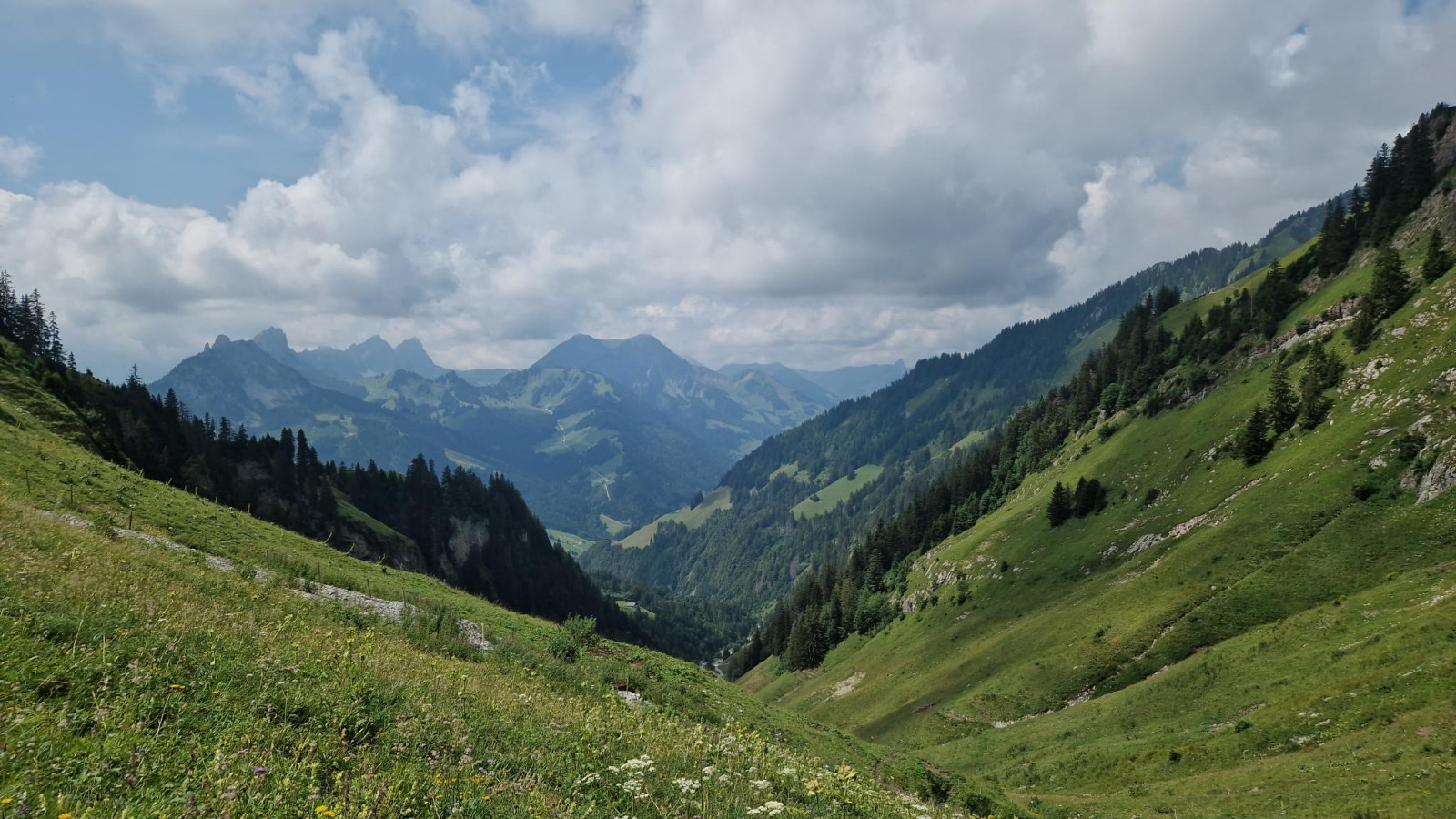Charger images
Les formats d'image autorisés sont de type jpeg, png ou gif
La taille maximale du fichier doit être de 20MB

Watching Vautour fauve and looking for Vautour moine in the Swiss Alps.
Vautour fauve have been regularly observed in the Swiss Alps for a few years now. These are animals from the breeding areas in Spain and France that are not yet ready to mate and move to Switzerland during the breeding season. They can be reliably observed on the Schafberg in summer. The Vautour moine, which is very rare in Switzerland, is also regularly found among them.
Typical Alpine birds such as the Merle à plastron and Venturon montagnard, Lagopède alpin, Sizerin cabaret, Tétras lyre, and Fauvette babillarde can be found on the way up. The Aigle royal is regularly observed, and more rarely a Circaète Jean-le-Blanc can be seen foraging. The Monticole de roche breeds in the area. Bondrée apivore, Pipit farlouse, Pipit spioncelle, and Bruant fou are also native.
You have to earn your observations: The area can only be reached after a three- to four-hour, steep climb. There are three access points. The first leads from Jaun via the Müncheberg. It is strenuous and not very attractive due to the recent increase in agricultural use. (The route via the Euschelspass may be more attractive).
The second leads from Boltigen via Schwarzenmatt and Chlus to Walop. After an ascent to Underi Luchere, vultures can be observed on the Schafberg. The trail is particularly attractive if other species are also to be observed, such as the Venturon montagnard .
The third trail leads from Schwarzsee via the Riggisalp to the Kaisereggpass. For me, it is the most scenic and leads directly to the area from where the vultures can best be observed.
After several visits to the area, I can recommend the route to the Kaiseregg Pass the most. From the ridge you have a good view of the mountain basin. The vultures usually rest on the Rotechaste or Schafsberg to the south. If you wait a while, you have an excellent chance of seeing the spectacular animals gliding past a few metres above or next to you. It is also possible to descend into the Walop and descend on the other side towards Boltigen. As the ascent is in summer and there is hardly any shade at the top, it is advisable to take plenty of water, long clothes and sun cream with you. The white and blue marked paths along the ridge are only suitable for experienced mountaineers with good equipment.
Votre feedback sera transmis à l’auteur.rice de cette zone et à l’équipe éditoriale de Birdingplaces, qui l’utiliseront pour améliorer la qualité des informations. (Vous souhaitez publier un commentaire visible en bas de page ? Fermez cette fenêtre et choisissez l’Option 1 : « Publier un commentaire, un conseil ou une observation ».)
Veuillez fournir des suggestions d'améliorations ou d'ajouts au texte de ce site ornithologique.
Veuillez fournir vos suggestions d'améliorations ou d'ajouts à la carte.
Veuillez fournir des suggestions d'améliorations ou d'ajouts à la liste des oiseaux.
Cliquez sur l'icône de l'oiseau () Insérez les noms d'oiseau dans votre langue. Ils seront automatiquement traduits pour les autres usagers !